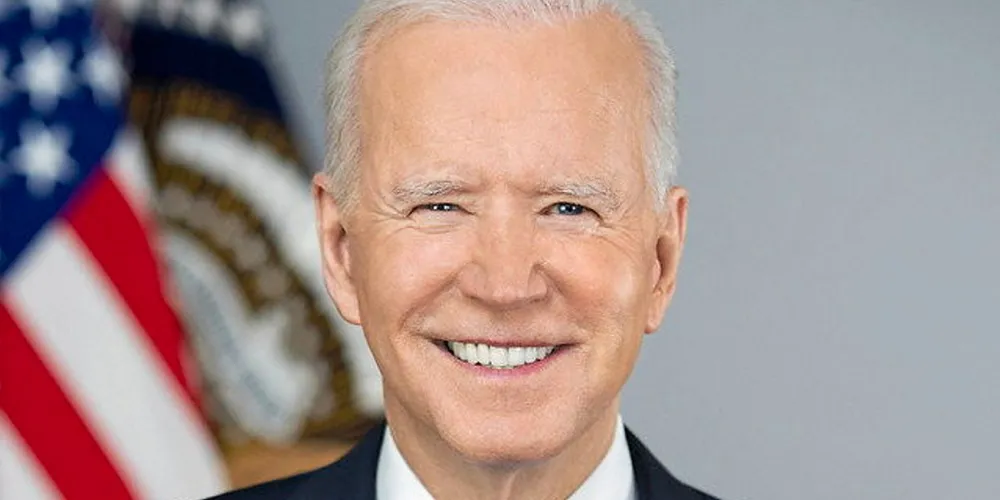'No time to waste' | US moves to power 1.3 million homes via Gulf of Mexico offshore wind leasing
Washington rolls out plans to develop three lease areas in historical oil & gas province with view to delivering 3GW to grid from clean energy projects off Texas and Louisiana

The US plans to develop gigascale offshore wind plant in three swaths of the Gulf of Mexico (GoM) with a view to powering almost 1.3 million homes, today formally announcing a proposed lease sale (PSN) off Louisiana and Texas.
“There is no time to waste in making bold investments to address the climate crisis, and building a strong domestic offshore wind industry is key to meeting that challenge head on,” said Secretary of Interior Deb Haaland.
“BOEM is committed to ensuring any offshore wind activities are done in a manner that avoids or minimises potential impacts to the ocean and ocean users,” said Klein.
It also the first likely to leverage alternative uses for offshore wind generated power such as the creation of green hydrogen and the region’s extensive oil & gas sector supply chain.
“There is already an amazing synergy between offshore oil and gas and offshore wind,” said Erik Milito, president of industry advocacy group National Ocean Industries Association.
Gulf-based companies “have been instrumental in the development and construction of offshore oil and gas projects and offshore wind projects. Now many Gulf Coast companies will have a chance to build new wind projects closer to home,” he added.
“Gulf companies are already instrumental in the development of the US market and by opening new lease areas on their doorstep we will leverage our unique domestic expertise even further,” said Liz Burdock, CEO of the Business Network for Offshore Wind.
Josh Kaplowitz, vice president for offshore wind at American Clean Power Association, said: “By harnessing our abundance of renewable natural resources, these projects will unleash economic growth here at home and create good paying jobs.”
BOEM anticipates stakeholder conflicts in the region from fishing fleets and the oil & gas industry as well as the US Coast Guard.
The agency seeks feedback on bidding credits that would support workforce training and supply chain development as well as fisheries compensation.
Floating to the fore
The announcement dovetails with the Biden administration's push to launch floating wind sector in the US. The US departments of Energy, Interior, Commerce, and Transportation today kicked off a two-day Floating Offshore Wind Shot Summit to advance the goal of reducing floating wind costs by over 70% by 2035.
Some two-thirds of US offshore wind potential is in deepwaters necessitating floating technologies, including along the West Coast, Gulf of Maine, and parts of the GoM.
Floating is already being deployed in the North Sea in Europe to reduce the lifetime carbon footprint of upstream oil & gas operations and similar uses are envisioned for the US Gulf.
As part of this Summit, the Department of Energy is announcing new efforts on transmission planning and research partnerships to support floating offshore wind on the West Coast.
(Copyright)